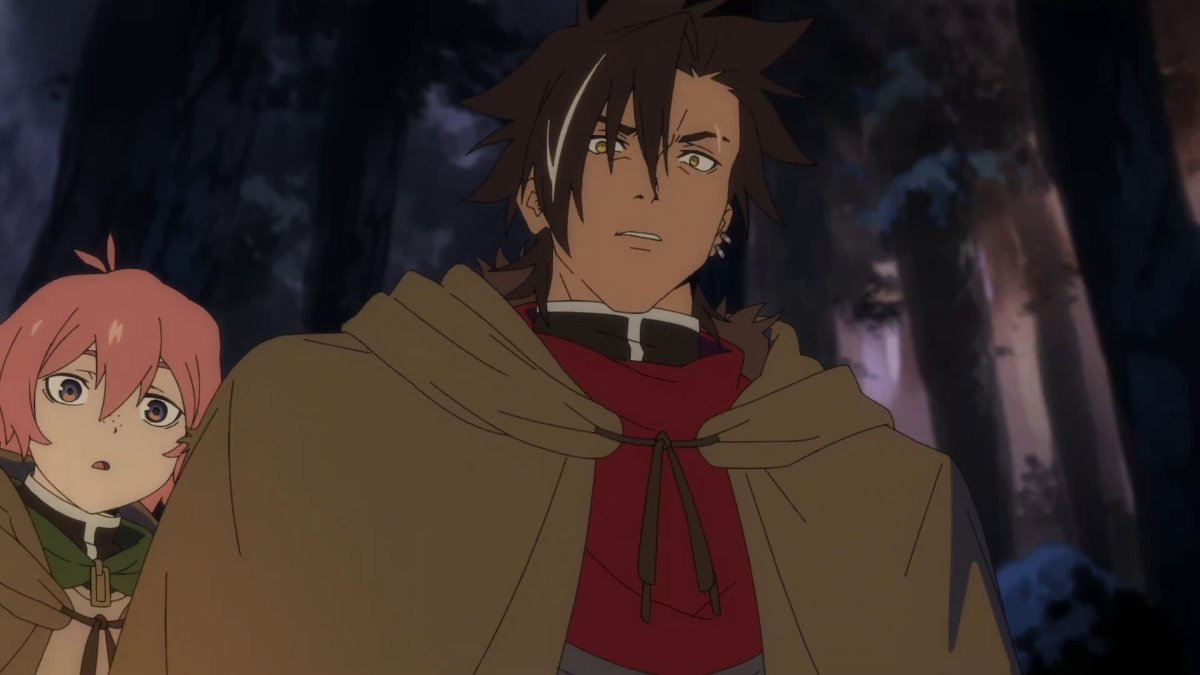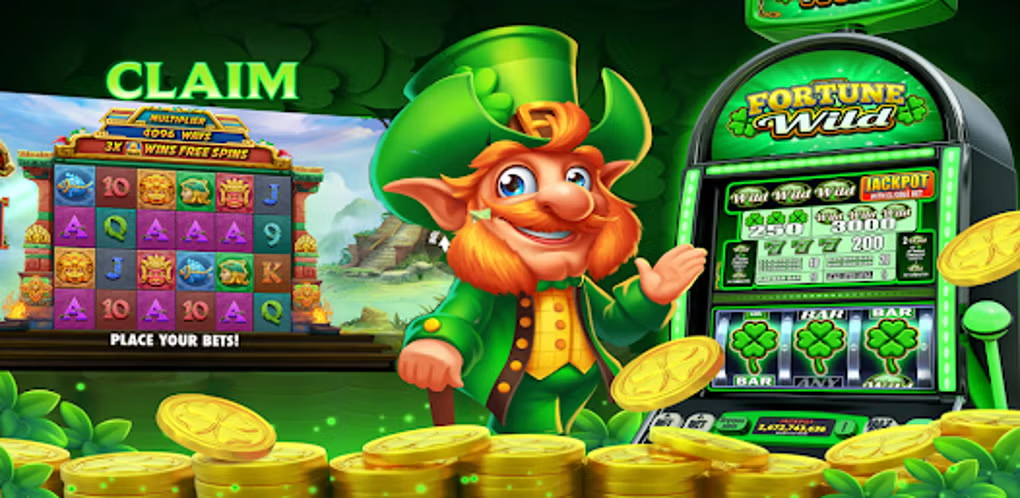“sentenced to be a hero patausche kivua art” is a phrase that may resonate with many people, from lovers of epic narratives to individuals embarking on personal quests. Add to this the evocative cultural context of Patausche and Kivua Art, and a deeply transformative journey is painted—a journey not just through traditional ideas of heroism but one that explores self-realization and destiny through the artistic medium.
In this article, we will dive into the nuances of what it means to be “sentenced” to heroism, how Patausche and Kivua Art intertwine with this concept, and how such journeys reflect broader cultural and psychological ideas. The intersection of these elements offers a fascinating lens to examine the challenges and responsibilities of modern-day heroism.
The Concept of “Sentenced to Be a Hero”
At first glance, being “sentenced to be a hero” seems like a paradox. Heroes are typically portrayed as individuals who voluntarily take up the mantle of bravery and justice. But what if one had no choice in the matter? The phrase implies a level of inevitability—an external force driving a person toward heroism, whether they desire it or not. This idea harkens back to ancient mythologies, where heroes were often chosen by fate, gods, or unavoidable circumstances.
In the modern context, being “sentenced” to heroism could represent the societal expectations placed on individuals. Whether through professional roles, family obligations, or societal pressures, many people find themselves thrust into heroic positions, often without a choice.
How Patausche and Kivua Art Reflect Heroism
Patausche and Kivua Art hold significant cultural and emotional weight in regions they originate from. These art forms are more than just visual representations; they are deeply connected to storytelling, communal identity, and the journey of self-discovery.
Patausche Art: Traditionally, Patausche art is known for its intricate storytelling, often depicting ancient legends and heroic deeds passed down through generations. Artists use bold lines, vibrant colors, and geometric patterns to evoke emotions of strength, conflict, and resolution. In the context of “sentenced to be a hero,” Patausche art can symbolize the path of a reluctant hero. The bold strokes in the artwork may represent the external forces that push individuals toward their destiny, while the intricate patterns symbolize the internal conflicts they face.
Kivua Art: Kivua Art, on the other hand, focuses more on the metaphysical journey. With its use of abstract forms, dreamlike imagery, and subtle color palettes, it reflects the inner journey of a hero—particularly the self-doubt, introspection, and eventual acceptance of one’s role. Heroes in Kivua Art are often depicted not as powerful figures but as vulnerable individuals standing on the edge of a great journey. The art serves as a visual metaphor for the uncertainty and challenges they face.
When combined, Patausche and Kivua Art provide a comprehensive portrayal of heroism, both external and internal. The external battles and societal pressures illustrated in Patausche art merge with the inner emotional journey captured by Kivua art, resulting in a multi-layered understanding of what it means to be “sentenced to be a hero.”
The Hero’s Journey Through Patausche and Kivua Art
Joseph Campbell’s “Hero’s Journey” framework is perhaps the most iconic narrative structure used to depict the path of a hero. Campbell’s model outlines stages such as “The Call to Adventure,” “Refusal of the Call,” “Crossing the Threshold,” and “Return with the Elixir.” Patausche and Kivua Art both visually narrate these phases in their unique ways, blending myth with modern struggles.
In the context of Patausche, the hero is often depicted in the early stages of the journey—battling the initial challenges, navigating societal expectations, and striving to prove their worth. Bold colors represent the intensity of the battles, while sharp, angular lines may evoke the sense of conflict between the hero’s desires and their imposed destiny.
Kivua Art, conversely, tends to reflect the introspective moments of the journey—the “Refusal of the Call” or the moments before “Crossing the Threshold.” Here, the hero’s face may not even be depicted in detail, representing the internal conflict that remains hidden from the outside world. This internal struggle is critical to the hero’s journey, and Kivua Art masterfully captures these fleeting moments of doubt, fear, and ultimately, resolution.
Sentenced to Be a Hero: The Emotional Weight of Destiny
The idea of being “sentenced” to heroism brings with it an emotional burden. Unlike the voluntary heroes we read about in fairy tales or comic books, a sentenced hero doesn’t have the luxury of choice. They are driven by forces beyond their control—whether it be fate, family legacy, or societal expectations.
This emotional weight is mirrored in both Patausche and Kivua Art. In Patausche art, the use of dark shades juxtaposed with flashes of light signifies the external conflicts and battles that these reluctant heroes face. Every brushstroke tells the story of a hero struggling to come to terms with their newfound role, reflecting the burden of external pressures.
Kivua Art takes a more subtle approach, using lighter, softer shades to explore the internal struggle. Heroes depicted in Kivua pieces often have downcast expressions, symbolizing their reluctance to accept their role. But despite this hesitation, there’s always a sliver of light—hope—shining through, signifying the eventual acceptance of their fate.
Patausche and Kivua Art: Symbols of Self-Discovery
As we delve deeper into the interplay between Patausche and Kivua Art, it’s clear that both art forms are powerful symbols of self-discovery. The hero, initially resistant to the role, eventually comes to realize that the journey isn’t just about external battles. It’s also about confronting internal demons, discovering hidden strengths, and ultimately, growing as a person.
In Patausche Art, this self-discovery is often depicted through symbolic elements—broken chains, rising suns, or emerging figures—each representing the hero’s journey toward freedom and acceptance. Kivua Art, meanwhile, may use abstract shapes and flowing lines to signify the fluidity of the internal journey, reflecting the unpredictable twists and turns that come with self-realization.
Together, these two art forms create a holistic portrayal of heroism. Patausche emphasizes the external challenges and societal pressures, while Kivua focuses on the internal emotional journey. This duality mirrors the real-life experiences of many individuals who, whether they realize it or not, are sentenced to be heroes in their own lives.
Conclusion
The fusion of “Sentenced to be a Hero” with Patausche and Kivua Art offers a rich, layered perspective on heroism. These art forms not only portray the struggles and triumphs of heroes but also reflect deeper truths about human nature, destiny, and self-discovery. Through their vivid depictions of both external battles and internal journeys, Patausche and Kivua Art create a holistic narrative of heroism that speaks to the timeless nature of the hero’s journey.
In a world where many find themselves “sentenced” to be heroes in their own lives, whether through societal expectations, personal challenges, or unforeseen circumstances, these artistic interpretations offer both inspiration and solace. They remind us that heroism is not just about grand battles or epic feats—it’s also about the quiet, often unseen journey within.
FAQs
What does “sentenced to be a hero” mean?
This phrase refers to the idea of being thrust into a heroic role without choice. It often represents the societal or personal pressures that compel individuals to take on responsibilities they may not have voluntarily chosen.
How does Patausche Art depict heroism?
Patausche Art uses bold, vivid imagery and intricate storytelling techniques to depict external conflicts, societal pressures, and the strength needed to overcome challenges. Heroes in Patausche art are often shown in the midst of battle, symbolizing their external struggles.
What is Kivua Art known for?
Kivua Art is known for its abstract, introspective style. It often depicts the internal emotional journey of a hero, focusing on themes like self-doubt, introspection, and eventual acceptance of one’s role.
How do Patausche and Kivua Art work together in storytelling?
Patausche Art and Kivua Art complement each other by depicting different aspects of the hero’s journey. Patausche focuses on external struggles, while Kivua explores the internal, emotional side of the journey, together offering a comprehensive narrative of heroism.
What role does fate play in being “sentenced to be a hero”?
Fate plays a significant role in this concept, as it suggests that certain individuals are chosen or destined to take on heroic roles, whether they desire to or not. It reflects the idea that some heroes are created by circumstances beyond their control.
How does the hero’s journey relate to modern life?
The hero’s journey can be seen as a metaphor for personal growth and overcoming life’s challenges. Many people today face external and internal battles, and their journeys often mirror the stages of the hero’s journey—struggling, adapting, and ultimately succeeding.











